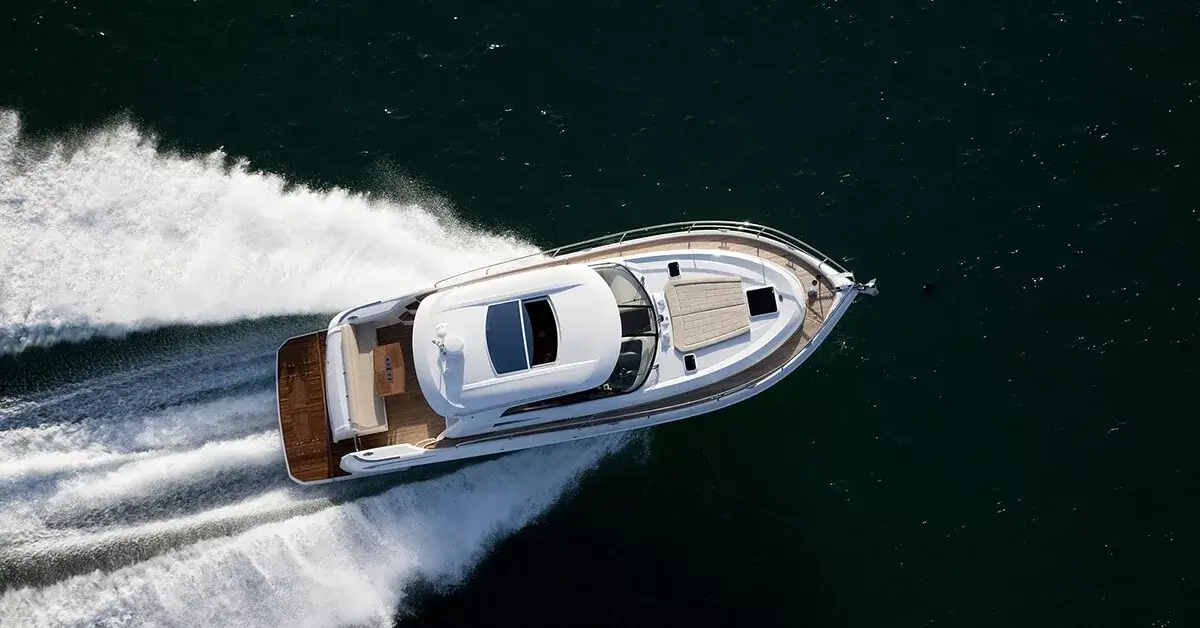Introduction
Boat insurance is an important consideration for boat owners to protect their investment and ensure coverage for potential risks. Navigating the waters of coverage can be complex, so here are some key points to understand about boat insurance:
1. Types of Boat Insurance:
There are typically two main types of boat insurance coverage: Hull insurance and Liability insurance.
Hull insurance covers physical damage to the boat, such as collision, theft, or damage from weather events, while liability insurance covers damages to third parties or their property caused by the boat, such as bodily injury or property damage.
2. Coverage Options:
Boat insurance policies can offer a range of coverage options, including coverage for the boat itself, as well as equipment and accessories, personal property on the boat, towing and emergency services, liability coverage for injuries or damages to others, and coverage for medical expenses for you and your passengers.
3. Considerations for Coverage Limits:
Boat owners should carefully consider their coverage limits to ensure they are adequate to protect their investment.
Factors such as the value of the boat, the type of boat, and how it is used, as well as the potential liability risks, should be taken into account when determining coverage limits.
4. Exclusions and Limitations:
Like any insurance policy, boat insurance policies may have exclusions and limitations that specify what is not covered.
It’s important to review and understand these exclusions and limitations to avoid any surprises when filing a claim.
5. Discounts and Deductibles:
Boat insurance policies may offer discounts for safety features on the boat, completion of boater safety courses, or other factors.
Additionally, policies may have deductibles, which are the amount you are responsible for paying out of pocket before the insurance coverage kicks in. Understanding these discounts and deductibles can help you choose the right policy for your needs.
- The Future of Artificial Intelligence
- The Ultimate Guide to Investing in Stock Market
- Top 5 Tools for Social Media Marketing
6. Navigation Limits:
Boat insurance policies may also have navigation limits, which specify where the boat can be operated and still be covered by the insurance policy. It’s important to understand these navigation limits and ensure that they align with your intended use of the boat.
7. Agreed Value vs. Actual Cash Value:
Boat insurance policies may offer different options for how the value of the boat is determined in the event of a total loss.
Agreed value coverage pays the agreed-upon value of the boat, which is determined at the time the policy is issued, while actual cash value coverage pays the current market value of the boat at the time of the loss, which may take into account depreciation.
Understanding the difference between these options can impact the amount you receive in the event of a total loss.
8. Additional Coverage and Riders:
Boat owners may also have the option to add additional coverage or riders to their boat insurance policy to tailor coverage to their specific needs.
Additionally, it’s important to review these additional coverage options and riders to ensure they align with your needs and budget, especially since they may include coverage for additional equipment, fishing gear, or coverage for specific events or activities.
9. Proper Documentation:
Keeping accurate and up-to-date documentation of your boat, including purchase receipts, maintenance records, and other important documents, can be helpful in the event of a claim. It’s important to maintain proper documentation to support your insurance claims and ensure smooth claims processing.
10. Review and Update Regularly:
Just like with other types of insurance, it’s important to review and update your boat insurance coverage regularly.
Changes in the value of your boat, modifications to the boat, or changes in your boating habits may require adjustments to your coverage. Stay proactive and communicate any changes to your insurance provider.
In conclusion, boat insurance is a critical aspect of protecting your boat and mitigating potential risks. Understanding the types of coverage, coverage options, considerations for coverage limits, exclusions and limitations, discounts and deductibles, navigation limits, agreed value vs. actual cash value, additional coverage options and riders, proper documentation, and regular review and updates can help you make informed decisions and choose the right boat insurance policy for your needs.
Remember to consult with a qualified insurance professional to ensure that you have the appropriate coverage for your specific boating situation.
Best Boat Insurance Companies
When it comes to protecting your boat, having the right insurance is crucial. But with so many companies out there, how do you know which one to choose? Here are some best boat insurance companies to consider:
1. Progressive:
Known for their competitive rates and customizable coverage options, Progressive is a popular choice for boaters of all kinds. They offer everything from liability coverage to on-water towing and personal effects coverage.
2. Geico:
A well-known name in the insurance industry, Geico offers boat insurance with features like roadside assistance and coverage for fishing equipment. They also offer discounts for bundling policies.
3. Allstate:
Allstate’s boat insurance policies come with a range of options, including liability coverage, uninsured boater protection, and coverage for emergency services like fuel delivery and towing.
4. Nationwide:
With over 50 years of experience in the boat insurance industry, Nationwide offers coverage for everything from fishing boats to luxury yachts. They also offer discounts for safety features like GPS systems and fire extinguishers.
No matter which provider you choose, be sure to read the policy carefully to ensure you have the coverage you need for your boat. And remember, a little extra protection can go a long way in keeping your boat safe and secure on the water.

